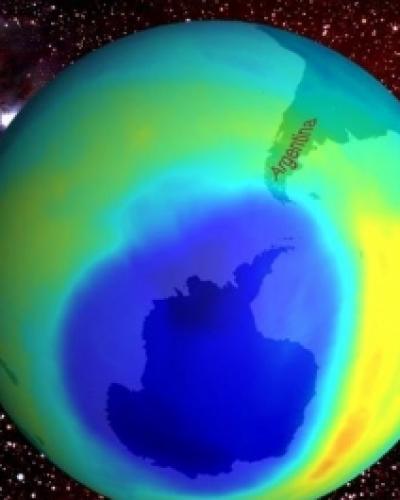Havana, September 4 (RHC) -- Cuban authorities are working to achieve three major objectives, as part of a program to eliminate greenhouse substances that negatively affect the ozone layer, according to an expert here in Havana.
The director of the Technical Ozone Office in Cuba (OTOZ), Nelson Espinosa, told reporters on Wednesday that in this new stage, authorities will prioritize the elimination of the hydro-chloro-fluoro-carbon (HCFC) R-22 and 141-B. The first is mainly used in cooling equipment, while the latter is the main ingredient in many cleaning liquids for cooling equipment.
The OTOZ director pointed out that every year, two or three new refrigerants hit the market -- for example, HFO, a saturated HCFC that does not contain chlorine.
It is a substance that is still under development and, although it has been verified that it does not impact global warming, it is quite toxic and inflammable, thus the importance of having trained personnel to manipulate it efficiently, the expert stressed.
Likewise, he said that there is a long-term plan to eliminate HCFCs from Cuba's industrial sector, and reported that several industries in the country are converting their production plants.
Matérias relacionadas
Comentários
Deixe um comentário
Todos os campos são requeridosMais vistas
- Ministro das Relações Exteriores de Cuba transmite condolências pelos mortos em acidente aéreo nos EUA
- Díaz-Canel recebe a Ordem do Patriarca Ecumênico Bartolomeu como reconhecimento ao apoio de Cuba à Igreja ortodoxa grega
- Presidente Díaz-Canel participa da inauguração da Conferência Internacional para o Equilíbrio do Mundo
- Governo colombiano envia avião militar para transportar deportados dos EUA
- Lula e Putin conversam por telefone sobre agenda bilateral e global


